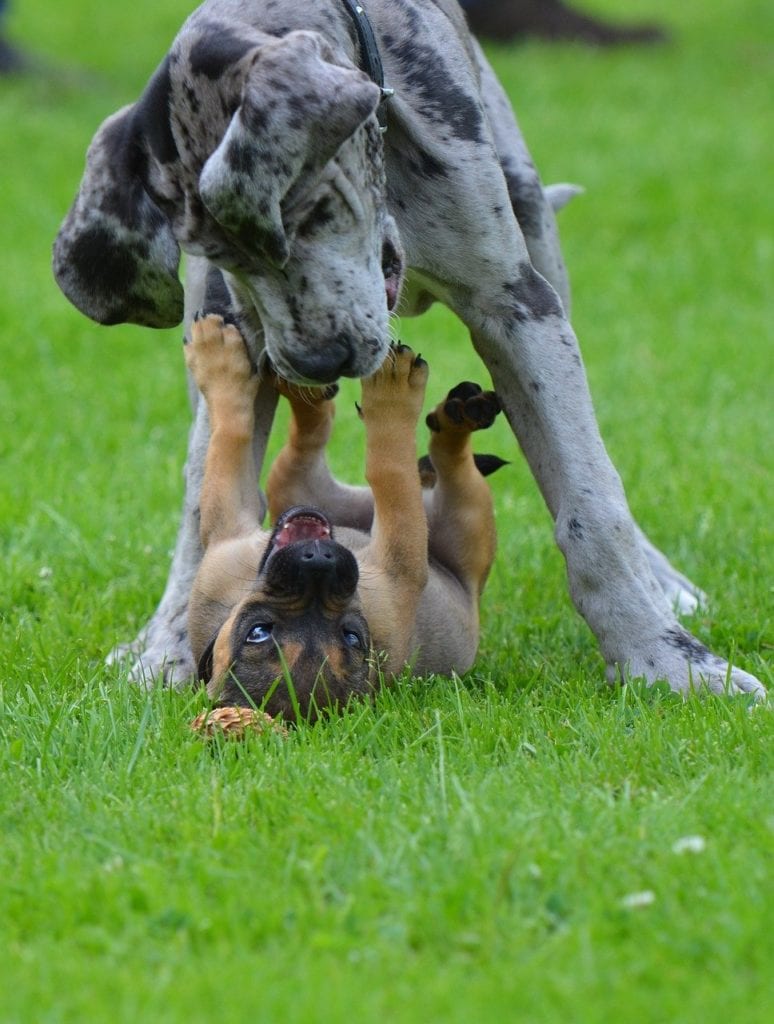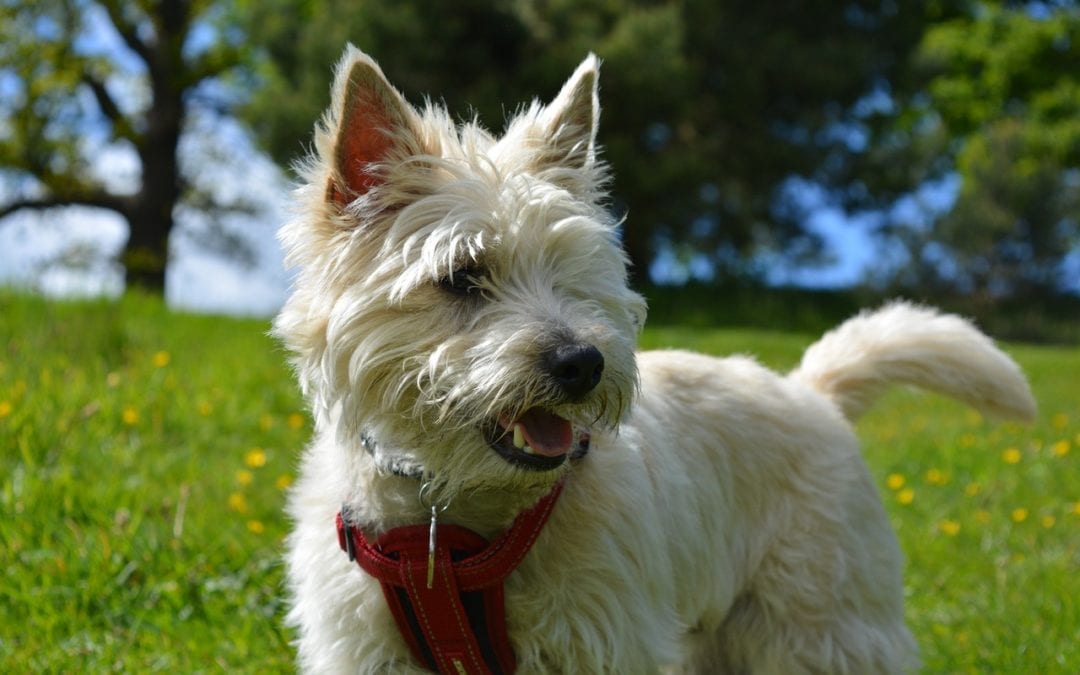Written by Dr Jennifer Kelley, DVM
 Many dog owners are familiar with a complex of canine infectious respiratory diseases know colloquially as “Kennel Cough.” Dogs that are in contact with other dogs outside their home are commonly vaccinated for Bordetella bronchiseptica, one of the bacterial components of Canine Infectious Respiratory Disease Complex (CIRDC). Vaccination against Bordetella protects against this bacterium, but there are 3 primary bacterial pathogens and 10 viruses that can contribute to and cause CIRDC. So how do we best protect our canine friends against these infectious respiratory diseases? In this article we will provide an overview of CIRDC and discuss how vaccination against key components of CIRDC can help prevent this complex from progressing from an occasional cough to serious respiratory disease.
Many dog owners are familiar with a complex of canine infectious respiratory diseases know colloquially as “Kennel Cough.” Dogs that are in contact with other dogs outside their home are commonly vaccinated for Bordetella bronchiseptica, one of the bacterial components of Canine Infectious Respiratory Disease Complex (CIRDC). Vaccination against Bordetella protects against this bacterium, but there are 3 primary bacterial pathogens and 10 viruses that can contribute to and cause CIRDC. So how do we best protect our canine friends against these infectious respiratory diseases? In this article we will provide an overview of CIRDC and discuss how vaccination against key components of CIRDC can help prevent this complex from progressing from an occasional cough to serious respiratory disease.
If your dog goes to the dog park every now and again, encounters and sniffs other dogs on hikes, or goes to a grooming or doggie day care facility he or she can pick up infectious bacteria or viruses that can lead to Canine Infectious Respiratory Disease Complex (CIRDC) even if he/she is vaccinated for Bordetella. As mentioned above Bordetella is only one of the many bacteria and viruses that can cause CIRDC. The reason that dogs are vaccinated specifically for Bordetella is because Bordetella can cause severe and harmful pneumonia, especially in non-vaccinated or immunocompromised animals such as young puppies or dogs with metabolic conditions. When dogs are vaccinated against one or more components of CIRDC, the less likely they are to develop severe disease such as fever and pneumonia.
The route that the vaccine is administered also plays a major role in conferring immunity to respiratory diseases. Respiratory pathogens are inhaled, and the body’s first line of defense are white blood cells that man mucosal surfaces of the nasal passages. These white blood cells attack and identify respiratory pathogens and create antibodies. Intranasal and intraoral vaccines are aimed at stimulating these antibodies to help the body better identify and get rid of respiratory pathogens as they are inhaled. Both oral and intranasal vaccines stimulate mucosal immunity, but intranasal vaccines have been shown to decrease clinical signs of CIRDC best. Because boosting mucosal immunity does not interfere with maternal antibodies given through the mother’s milk, so puppies over 3 weeks old can be given this vaccine to help protect them very early in life. For these reasons the American Animal Hospital Association recommends that intranasal Bordetella and other CIRDC vaccines be given preference to the by mouth route when possible.

Considering this information, our hospital will be changing our usual oral Bordetella vaccine to an intranasal vaccine that contains two important viral diseases that contribute to CIRDC and Bordetella. This vaccine, called Nobivac Intra-Trac protects against parainfluenza virus and adenovirus type 2 in addition to Bordetella. Both of those viruses can cause severe respiratory disease so this vaccine protects against more components of CIRDC than the Bordetella vaccine alone. As always we want to make your dog’s visit to our hospital as Fear Free as possible. This small volume intranasal vaccine will be dripped onto your dog’s nose and if they sneeze or lick their nose after that’s ok and expected! The vaccine will still do its job and results will be protective by 48 hours after administration. This vaccine is proven to provide immunity for one year so only needs to be boosted once annually unless otherwise required by a boarding facility. Fortunately, we do not tend to see reactions to intranasal vaccines, so it is typically well tolerated.
Another vaccine that can be considered for at risk patients to help prevent clinical signs from CIRDC is the vaccine for canine influenza or “dog flu.” The two strains of canine influenza H3N8 and H3N2 originated in horses and birds respectively and spread to dogs. Canine influenza has not yet spread from dogs to people, but influenza viruses can mutate rapidly so if your dog is coughing we recommend that you do not let him lick your face, and wash your hands after petting your dog before touching your face etc. Just like human flu cases, dog flu cases tend to occur in outbreaks. Please consult with your veterinarian to determine if your dog will be traveling to an area of the country or world that is experiencing a dog flu outbreak. The best form of protection is prevention with vaccination.
In summary, as a hospital we have decided to switch from oral Bordetella to an intranasal vaccine that protects against three key components of CIRDC to better protect your dog from becoming ill from contagious respiratory diseases. If your dog interacts with other dogs outside your home, even in passing, we recommend that they receive a CIRDC/kennel cough vaccine once a year. Keep in mind that since there are so many viruses and bacteria that contribute to this respiratory complex, vaccination does not mean your dog will not become infected. It does mean that they are much less likely to develop severe or any clinical signs from the variety of pathogens that can cause respiratory disease. We hope that this article empowers you to understand a change in our preventative health program as we seek to provide you and your pet with the most up to date information and care.

